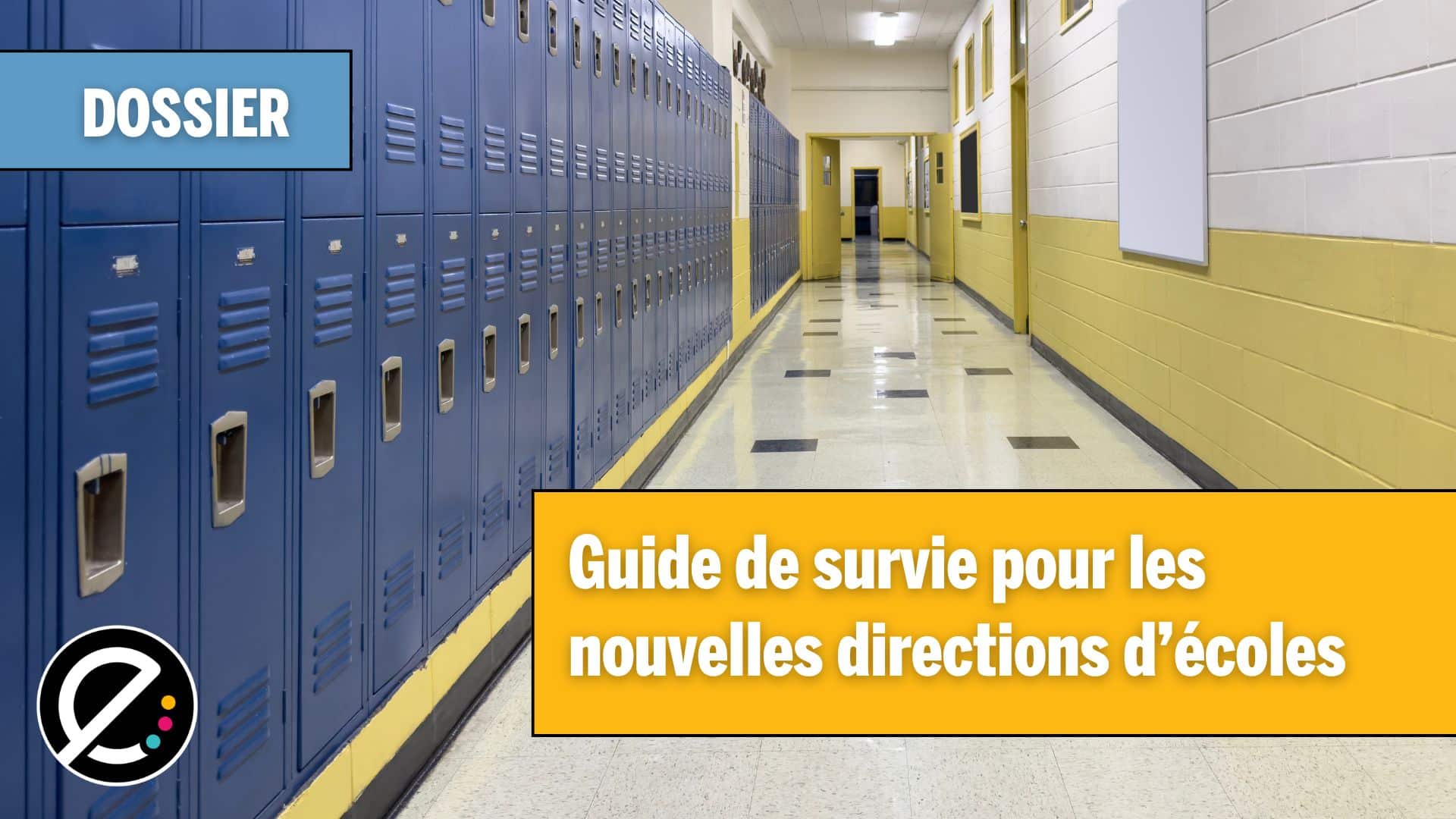Dans la série des séminaires de recherche du Laboratoire d’innovation et numérique pour l’éducation (LINE), a eu lieu une journée de partage ayant comme thème la pédagogie créative, les territoires et le numérique, thèmes intégrés dans un projet transdisciplinaire appelé #SmartCityMaker.
Le projet se décline sous différentes appellations locales, entre autres, #Créetaville ou #Antibes2317. Plusieurs personnes, issues de différentes parties du globe, se sont réunies à Nice pour partager leurs pratiques ou recherches en lien avec ce projet techno-créatif.
Projet Fabulis à Nancy-Metz
L’appellation Fab Lab en est une qui est agréée par Massachusetts Institute of Technology (MIT). Ne s’appelle pas Fab Lab qui veut car cette appellation est conditionnelle au respect d’une charte. Le Lycée Henri-Nominé, qui regroupe 1500 élèves, a implanté un Fab Lab en 2014, lequel se nomme FABULIS et se destine principalement à des élèves en situation d’handicap par le biais du dispositif ULIS, pour « unité localisée pour l’inclusion scolaire ».
Essentiellement, FABULIS veut faciliter l’implantation de projets pédagogiques artistiques et scientifiques en lien avec les technologies. À titre d’exemple, un hackathon a été organisé plus tôt cette année, lequel avait pour thème : « Humain augmenté et accessibilité scolaire ». De plus, les élèves ont innové en important l’agriculture à petite échelle dans le laboratoire. Ils y ont aménagé un potager hydroponique et un autre aquaponique dans lesquels ils cultivent la spiruline et autres produits de la terre.
Le FABULIS a mis en place un système de badges numériques (open-badges sur la plateforme Modzilla) pour reconnaitre la formation des élèves qui porte, bien souvent, sur des compétences acquises à l’extérieur des programmes scolaires et des apprentissages formels.
Enfin, en juillet prochain, ils accueilleront le monde de l’éducation en lien avec les Fab Labs lors de la rencontre mondiale qui se tiendra en France (FAB14, volet éducation).
La robotique brésilienne en quatre étapes
Lucas Filipak, professeur au Centre universitaire international (UNINTER) de la région de Rio de Janeiro nous rappelle que Seymour Papert, mathématicien et futurologue bien connu, développait déjà la programmation dans une perspective pédagogique dès 1964. Le professeur brésilien s’est inspiré des travaux de ce dernier pour développer un projet en quatre étapes de vingt heures chacune, étalé sur une année scolaire auprès d’élèves de 15 à 17 ans.
Pour la première étape, les élèves ont eu des cours de programmation avec le langage C. Grâce à une approche inversée de la pédagogie, les élèves ont fait divers exercices de logique pour apprendre les bases langagières et logiques permettant d’acquérir le langage.
À la deuxième étape, les élèves ont travaillé en équipe pour développer un petit prototype de véhicule fabriqué avec des matières recyclées et des imprimantes 3D. Ils ont consigné leur démarche dans un blogue en ligne et, finalement, ils ont participé à une compétition amicale de vitesse des prototypes fabriqués.
À la troisième étape, les mêmes équipes se sont exercées à programmer une carte Arduino à l’aide d’un simulateur en ligne. Elles ont alors élaboré une carte-image représentant une carte Arduino, en identifiant les principales composantes. Par la suite, elles ont pu manipuler et programmer une vraie carte.
Enfin, à la quatrième étape, les élèves ont appris à travailler le dessin technique. Ils ont dessiné une main bionique pour ensuite en fabriquer les composantes avec une imprimante 3D. Par la suite, les notions de programmation sur Arduino ont servi pour programmer l’articulation de la main.
#créetaville, un #SmartCityMaker visant la co-créativité
Anne Chiardola, inspectrice à l’Académie de Nice et David Cohen, conseiller pédagogique au CANOPÉ de Nice, ont présenté le projet #créetaville, où les élèves de Mandelieu, près de Nice, devaient imaginer la ville du futur. Ce projet est d’ailleurs une collaboration entre LINE de l’ESPE de Nice, l’atelier CANOPÉ de Nice et l’Académie de Nice.
Deux enseignantes ont sauté sur l’occasion pour réaliser le projet avec leurs élèves. Le cadre de travail était large et les choix étaient laissés à la discrétion des enseignantes qui travaillaient en phase exploratoire. Bref, peu de contraintes à négocier, ni même celles en lien avec le temps scolaire. Ceci dit, deux projets #créetaville ont été menés et ont abouti à deux produits finaux complètement différents.
Rapidement, l’objet pédagogique ou évaluatif a changé : l’important, c’est désormais la démarche citoyenne, vue à travers diverses problématiques d’urbanisme, et non pas exclusivement le produit final. Et cette démarche, elle est diverse : fabrication de la maquette, phase manipulatoire allant du dessin au bricolage (découpage, pâte à modeler, etc.), en passant par l’impression 3D et plusieurs autres moyens.
En conclusion, les organisateurs de #créetaville ont réalisé qu’il n’est pas seulement question d’imaginer la ville du futur, mais aussi de comprendre la ville d’aujourd’hui dans tous ses défis. Dans le cadre de #créetaville, le processus de co-créativité est évalué en collaboration avec la directrice du laboratoire LINE, la professeure Margarida Romero.
Les travaux du LINE
Bien que d’autres présentations de praticiens ou de chercheurs aient tapissé cette journée d’échanges, la professeure Cindy De Smet, responsable de l’axe « Usages créatifs du numérique » au LINE de l’Université de Nice Sophia Antipolis, a éclairé les participants sur les conditions gagnantes pour mener à bien une tâche pédago-numérique. Effectivement, le modèle TPACK nous rappelle que trois types de connaissances professionnelles chez l’enseignant sont nécessaires : la maitrise des contenus disciplinaires, des connaissances pédagogiques avancées et une maitrise des outils technologiques employés (connaissance technologique).
Le LINE et ses chercheur.e.s sont en train de développer des outils d’évaluation en lien avec diverses activités techno-créatives.
Serge Quilio, responsable de l’axe « Innovation pédagogique » au LINE et Jérôme Santini ont engagé les participants dans la réalisation d’une activité mathématique avec des cubes qui soulèvent des enjeux pour la construction de maquettes dans le cadre du projet #SmartCityMaker. Christine Faller et Laurent Heiser ont proposé un projet en réalité augmentée visant la prise de conscience en lien avec la résilience socio-technique face à des bug informatiques. Carole Calistri et Virginie Lapique ont introduit un projet à visée philosophique situé dans la ville du futur qui entraîne les élèves à réfléchir sur la communication.
Preuve de l’interdisciplinarité du LINE, la présentation de Thierry Viéville, neuroscientifique de l’INRIA au cours de laquelle les participants ont vécu une activité d’informatique débranchée pour comprendre le fonctionnement d’Internet, mais aussi celles de Dominique Vian et Mélanie Ciussi de Skema autour d’un dispositif d’apprentissage visant à accompagner l’appréhension de la complexité.
Cette journée de partage montre l’engagement du LINE à dépasser les frontières sur le plan des cloisonnements territoriaux, ainsi qu’à travers les collaborations institutionnelles et disciplinaires. Ces collaborations qui ont permis de développer et continue de faire progresser le projet #SmartCityMaker comme levier pour l’apprentissage des compétences du 21e siècle.
Cet article fait partie d’une série publiée par notre auteur et collaborateur Marc-André Girard, dans le cadre de sa participation au Laboratoire d’innovation et du numérique en éducation (LINE) à l’Université de Nice Sophia Antipolis.
Vous pouvez lire l’ensemble des articles de cette série ici.






